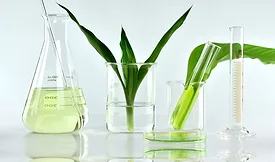Home » hot melts
Articles Tagged with ''hot melts''
Raw materials supplier and adhesive manufacturer partner to create adhesive using the mass balance approach.
Read More
Hot Melt Adhesives Market Grows amid Supply Chain and Raw Material Challenges
World demand for hot melt adhesives expected to grow in multiple applications, latest Smithers insight reveals.
April 12, 2023
Market for Pressure-Sensitive Adhesives Set for Growth
With opportunities in medical, transportation, food and beverage, and construction, the market for pressure-sensitive adhesives is expected to grow.
February 16, 2023
Keep the info flowing with our newsletters!
Get the latest industry updates tailored your way.
JOIN TODAY!Copyright ©2025. All Rights Reserved BNP Media.
Design, CMS, Hosting & Web Development :: ePublishing




.webp?height=168&t=1704834340&width=275)


